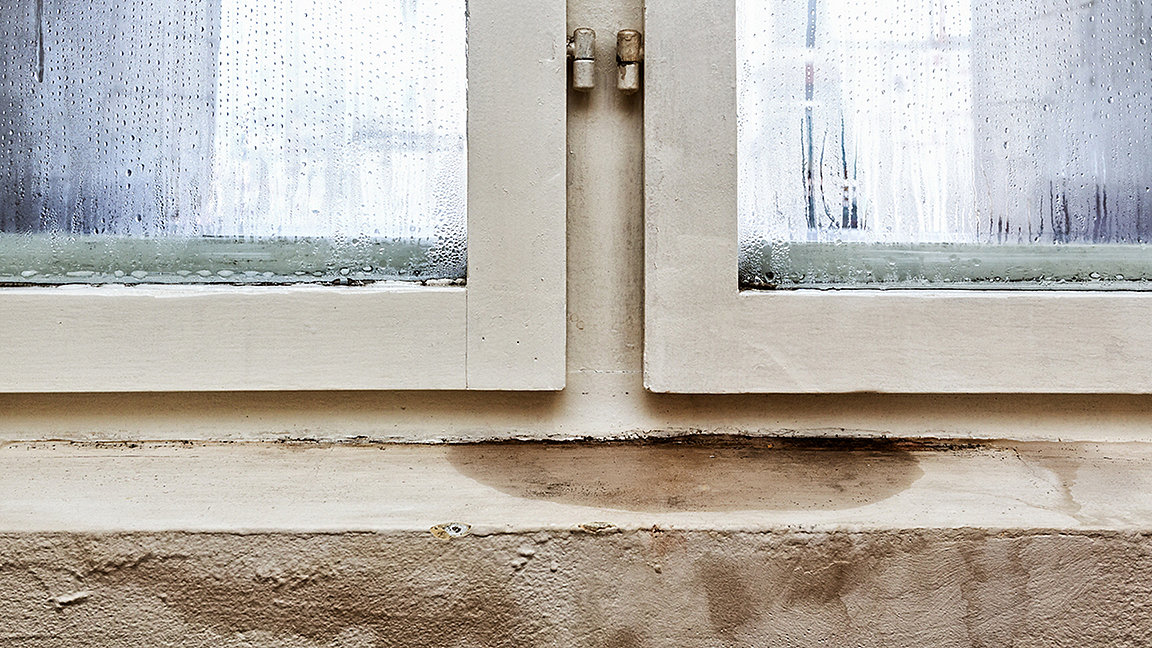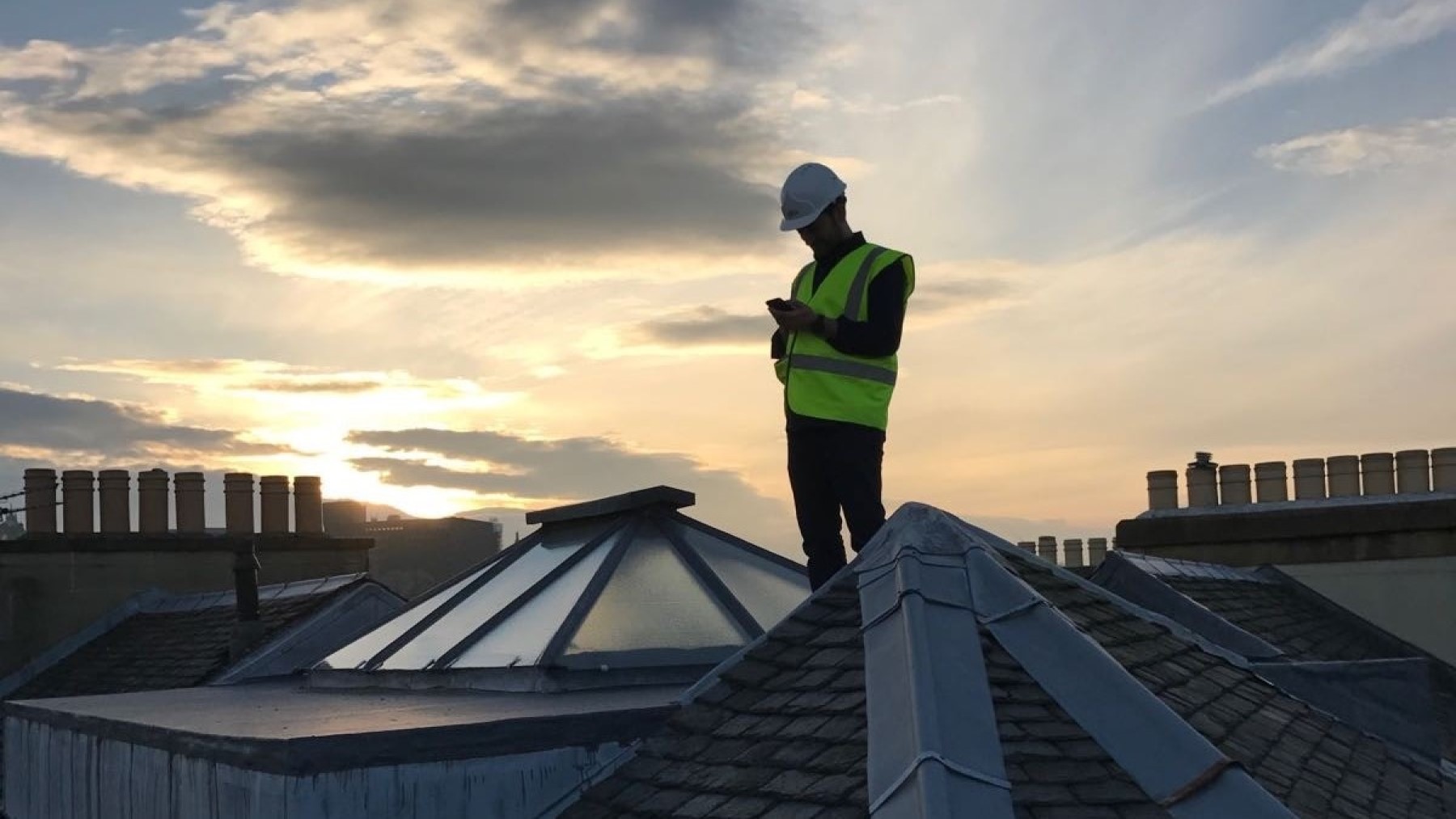
For the first time, leading organisations have come together to agree on the set of principles and competencies that should be used when assessing moisture within traditional buildings.
RICS has collaborated with Historic England and the Property Care Association (PCA) to produce the joint position statement Investigation of moisture and its effects on traditional buildings: Principles and competencies.
The document – launched on 22 September 2022 and to be used with immediate effect – is supported by Historic Environment Scotland, Cadw, Historic Environment Division Northern Ireland, the Society for the Protection of Ancient Buildings and the Institute of Historic Building Conservation (IHBC).
'RICS has collaborated with Historic England and the Property Care Association to produce the joint position statement'
Adopting a whole-building approach
The new principles and competences are especially relevant during pre-purchase building surveys and investigations into moisture-related problems, or when a contractor undertakes building repairs or alterations.
Surveyors should now take a 'whole-building' approach, look for the source of any excessive moisture, not rely on potentially misleading data from 'moisture meters' and then provide the client with advice to manage the situation.
The document provides a detailed step-by-step guide for surveyors on how to detect and diagnose moisture defects in traditional buildings, the actions they should take and, ultimately, how to take responsibility for the advice they provide.
Surveyors and contractors should consider the whole building when assessing moisture and not simply make a quick judgement based on the visual symptoms or the use of a moisture meter. They should identify the source of the moisture and tackle that first. The surveyor is, or should be, the moisture expert and clients expect professional and unbiased expert advice.
'The surveyor is, or should be, the moisture expert and clients expect professional and unbiased expert advice'
John Edwards FRICS from the IHBC has welcomed the new position statement: 'At last, we have a document that ensures that moisture in buildings will be dealt with consistently and properly including related issues regardless of where you are in the sector. Now we have to make sure that people use it.'
For Steve Hodgson, chief executive of the PCA, the document marks a 'new era' for the conservation sector:
'This highly significant jointly authored document brings together building surveyors, the heritage community and the preservation industry in a way never seen before. The unifying statement details well established principles and competencies that we believe should be the prerequisite to the investigation of dampness in buildings. The fact that it cuts through traditional divisions and misunderstandings to protect consumers and buildings is unique, significant and breaks new ground.
'This project promises the start of a new era for collaboration, understanding and information sharing between professionals tasked with the sometimes complex and contradictory task of caring for, protecting, conserving, and preserving buildings, while keeping them relevant and meeting the needs and expectations of their occupants, custodians, and owners.
'The [PCA] is proud of the contribution that it made to the creation of this highly significant document.'
Duncan Philips FRICS is chair of the RICS Building Conservation Steering Group
Contact Duncan: Email
Related competencies include: Building pathology, Inspection

